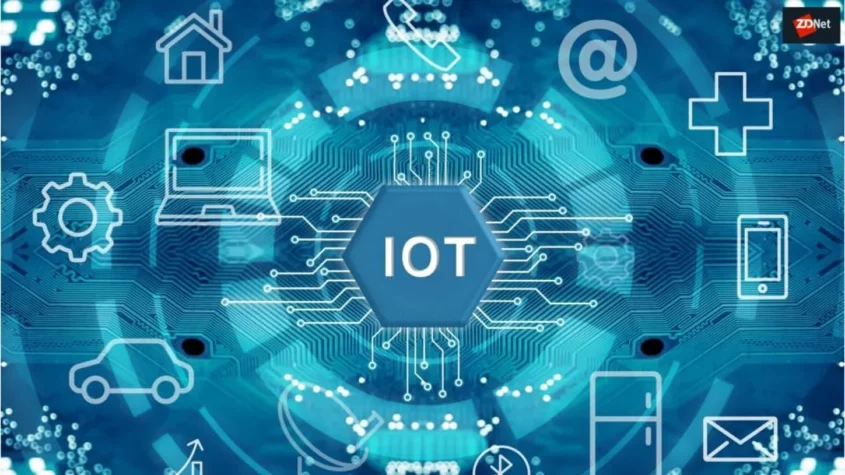The Internet of Things: How It’s Connecting Devices and Changing Our Lives

The Internet of Things (IoT) is a system of interrelated computing devices, mechanical and digital machines, objects, animals or people that are provided with unique identifiers and the ability to transfer data over a network without requiring human-to-human or human-to-computer interaction. Internet of Things (IoT) devices
The Internet of Things has the potential to revolutionize many industries and change the way we live. For example, IoT can be used to:
- Improve energy efficiency: IoT-connected devices can be used to monitor energy usage and identify areas where energy can be saved.
- Improve transportation: IoT-connected vehicles can communicate with each other and with infrastructure, such as traffic lights, to improve traffic flow and reduce accidents.
- Improve healthcare: IoT-connected medical devices can monitor patients’ health and provide real-time data to doctors.
- Improve safety: IoT-connected devices can be used to monitor homes and businesses for security threats.
- Make our lives more convenient: IoT-connected devices can be used to control our homes, order food, and book transportation.
How the IoT is connecting devices
The IoT is connecting devices in a number of ways, including:
- Wi-Fi: Wi-Fi is a popular way to connect IoT devices to the internet. Wi-Fi is a wireless networking technology that allows devices to connect to the internet without the need for wires.
- Bluetooth: Bluetooth is another popular way to connect IoT devices to the internet. Bluetooth is a wireless technology that allows devices to connect to each other over short distances.
- Zigbee: Zigbee is a low-power wireless technology that is often used for IoT devices that need to conserve energy.
- Cellular networks: Cellular networks, such as 4G LTE and 5G, can also be used to connect IoT devices to the internet. Cellular networks are a good option for IoT devices that need to be mobile or that need to be able to connect to the internet in remote areas.
How the IoT is changing our lives
The IoT is changing our lives in a number of ways, including:
- Making our lives more convenient: The IoT is making our lives more convenient by allowing us to control our homes, order food, and book transportation with our voice or a few taps on a screen.
- Improving our safety: The IoT is improving our safety by allowing us to monitor our homes and businesses for security threats and by providing real-time data to doctors about our health.
- Making our cities smarter: The IoT is making our cities smarter by allowing us to monitor traffic flow, manage energy usage, and improve waste management.
- Creating new opportunities: The IoT is creating new opportunities for businesses and entrepreneurs by allowing them to develop new products and services that can improve our lives.
The future of the IoT
The IoT is still in its early stages of development, but it has the potential to revolutionize many industries and change the way we live. In the future, we can expect to see even more IoT devices being connected to the internet and even more ways for us to use the IoT to improve our lives.
Challenges of the IoT
While the IoT has the potential to bring many benefits, it also poses a number of challenges, including:
- Security: The IoT is a large and complex network, which makes it vulnerable to security threats.
- Privacy: The IoT collects a large amount of data about us, which raises privacy concerns.
- Cost: The cost of developing and deploying IoT devices can be high.
- Complexity: The IoT can be complex to develop and manage.
Despite these challenges, the IoT is a promising technology with the potential to improve our lives in many ways.







